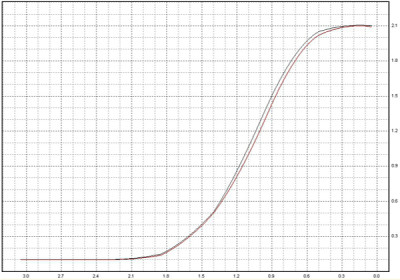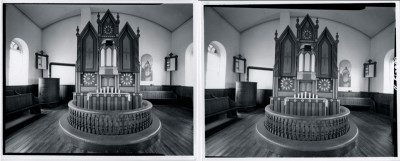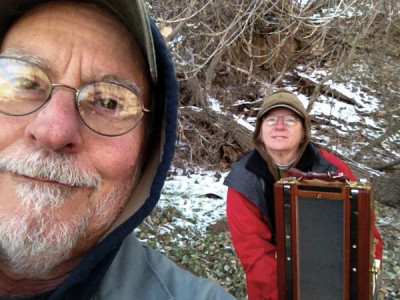The first time I used pyrogallol was unforgettable. During lunchtime on a hot summer day in 1970, I left work and climbed a hill nearby to expose some test negatives. That evening, I tray processed the 4×5 Plus-X in Kodak D-1, a classic version of “ABC Pyro.” When I turned on the light, what I saw made my heart pound. The negatives were beautiful: tones were spectacularly differentiated throughout the density range, especially in the highlights. And what sharpness! I knew I’d finally found my developer.*
-John Wimberly-
I believe that an artist is never satisfied. As photographers, we all started somewhere. For me it began many years ago; more than I care to count. I can remember when it was a thrill, almost magic, to just get something from the camera to a finished print. My early attempts now do not excite me that much but they were where I started and I cannot deny my vision and skills have changed over the years. My wife and I have continued to hone our photographic vision and skills and we continue to evolve. The journey through creativity is never ending.
So, what does this all have to do with developers? Film, camera, lenses, chemicals and process are all only a means to the end product; the finished print. Each item alone may or may not be of major significance, but everything plays a roll all the way to the end. For many years we used Kodak HC-110 film developer. I fine tuned the developing times and even had my own dilution that I called Dilution JBH. We have hundreds of LF and ULF negatives processed in HC-110. This is about the best film developer you can use if you are just starting out. I am not a practitioner of the film of the month club nor the developer of the month club either. I believe you choose carefully, then spend your time wringing everything you possibly can from your choices. But, as I say, an artist is never satisfied. There is always that little something more.
This drive for continually progressing forward is what led me to begin exploring Pyro developers. I did a lot of research. We both did a lot of real-world testing, using numerous Pyro film formulas. This quest turned into several years of experimentation, but we both feel we learned a lot and did find that little something extra. We both agree the effort was well worth the time we invested.
Pyro film developers are different. Though the difference is very subtle and really cannot be fully appreciated unless you have some experience with the more traditional developers. I would never recommend that a newcomer to film photography start with a Pyro developer. You need to refine your skills first with a non-staining developer, so you will see the minute differences a Pyro developer creates.
JB
* “PyroTechnics Plus: Formulating a New Developer” by John Wimberly, Photo Techniques Magazine, March/April 2003, p.34-37

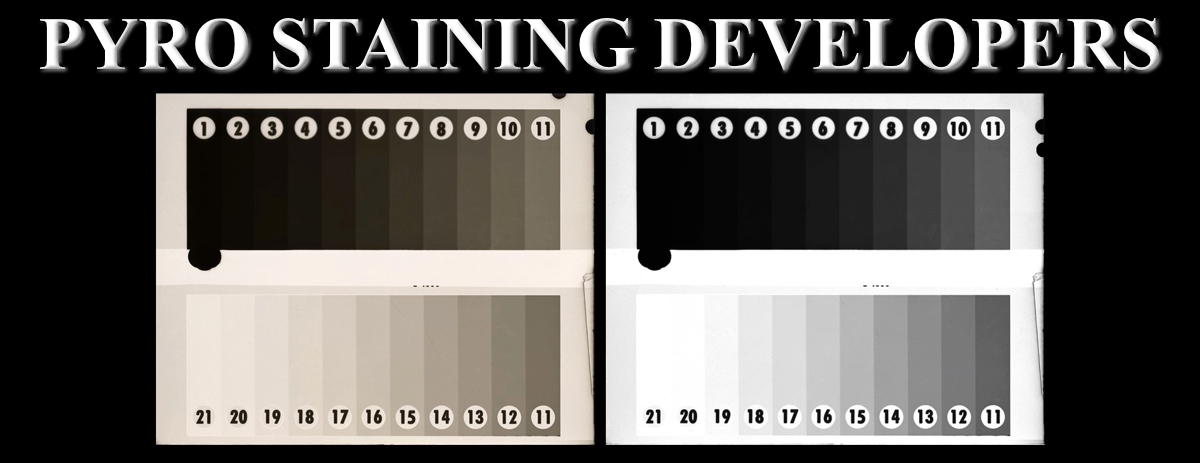


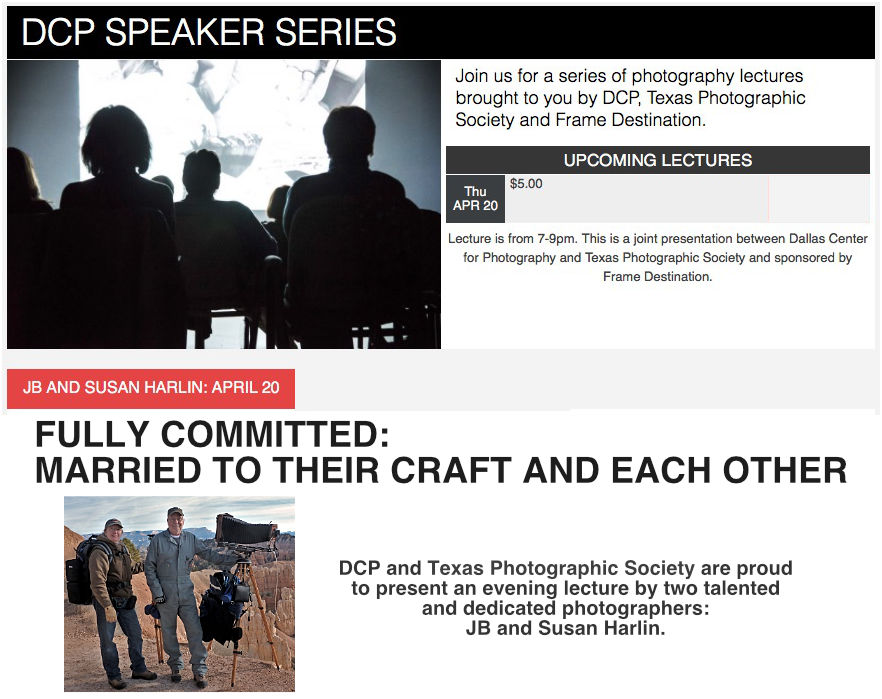

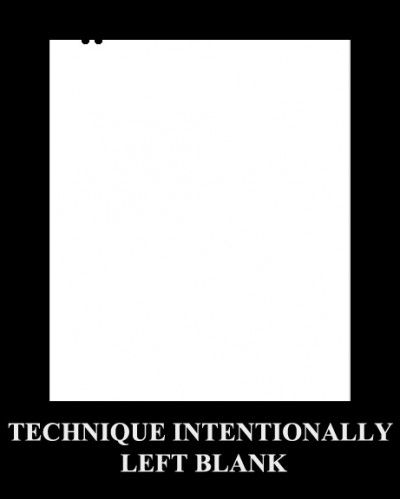 “It is a truism that the more skillful the photograph, the more invisible the art of creation. If the photographer had done a competent job, his insights become so lucid, universal and accessible that they seem to belong to the observer of his work. What follows, then, is the assumption that the viewer could have produced the work. This, in spite of all evidence to the contrary, is why the myth endures that the photographer merely pulls out a picture as a dentist extracts a tooth.”
“It is a truism that the more skillful the photograph, the more invisible the art of creation. If the photographer had done a competent job, his insights become so lucid, universal and accessible that they seem to belong to the observer of his work. What follows, then, is the assumption that the viewer could have produced the work. This, in spite of all evidence to the contrary, is why the myth endures that the photographer merely pulls out a picture as a dentist extracts a tooth.”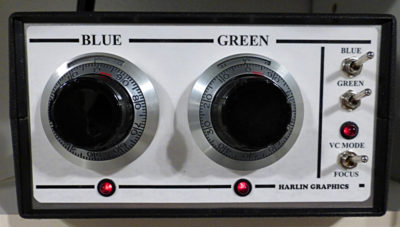
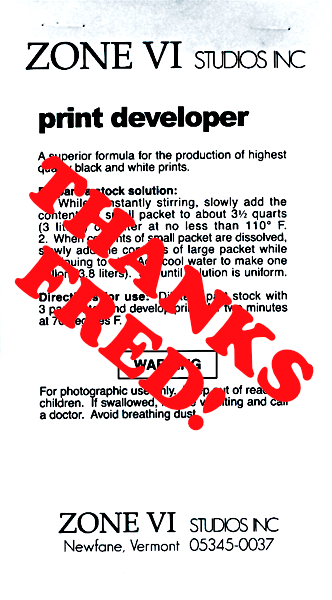 It has finally happened! I have used Zone VI chemicals for well over twenty five years now. Though we have moved on to different formulations for finished prints, we have continued to use Zone VI Print Developer for proofing. That is. . . until now. I mixed the last bag for proofing our 2015/2016 trip and that is that. This has been a looming change that has been in the back of my mind for several years now and it finally came time to do some testing. OH Drat. . . TESTING!!!
It has finally happened! I have used Zone VI chemicals for well over twenty five years now. Though we have moved on to different formulations for finished prints, we have continued to use Zone VI Print Developer for proofing. That is. . . until now. I mixed the last bag for proofing our 2015/2016 trip and that is that. This has been a looming change that has been in the back of my mind for several years now and it finally came time to do some testing. OH Drat. . . TESTING!!!